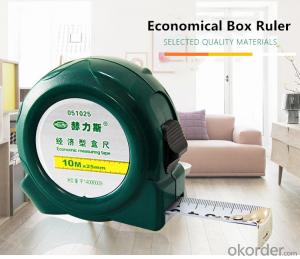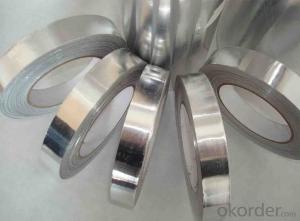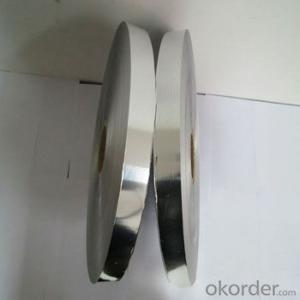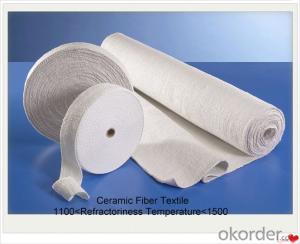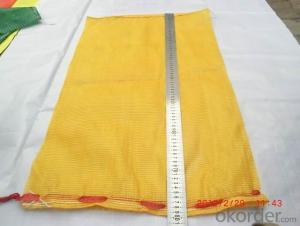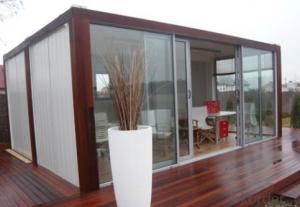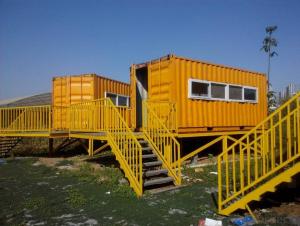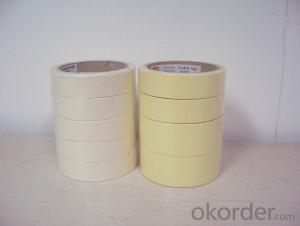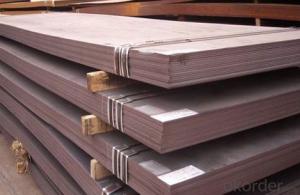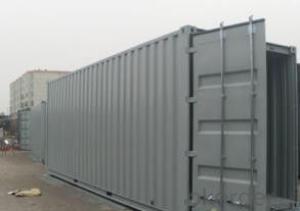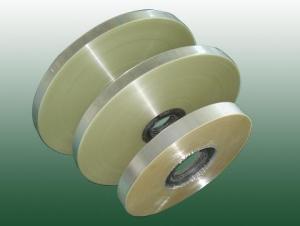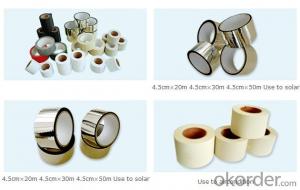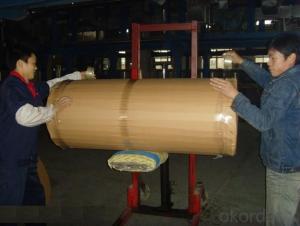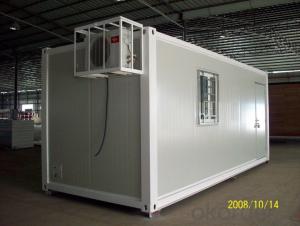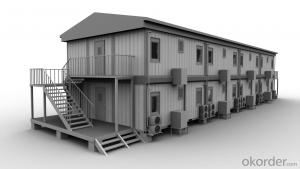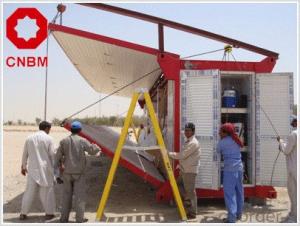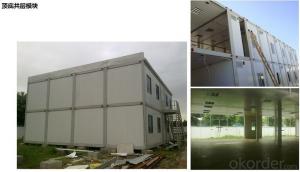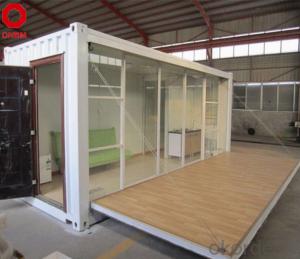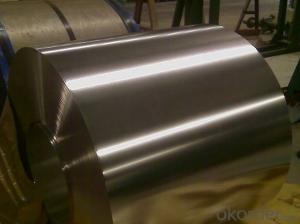Shipping Tape
Shipping Tape Related Searches
Shade For Solar Inverter Black Aluminum Flat Stock Best Shipping Tape 15 Gallon Black Plastic Pots Waterproof Shade Cloth Black Metal Cladding Black Poly Geogrid Black Diamond Head Torch Black Shower Fixtures Black Pigment InkHot Searches
Mini Inverter With Battery Online Shopping Portable Led Signs For Sale 4 Inch Water Pumps For Sale 1 Inch Plywood For Sale Used Woodworking Clamps For Sale Gas Powered Core Aerator For Sale Revolution 4 Propeller For Sale Ex Display Log Cabins For Sale Cubicle Partitions For Sale Stearman Propeller For Sale Palram Greenhouses For Sale Gumbo Bowls For Sale Suzuki Propellers For Sale Freight Crates For Sale Outhouse Sheds For Sale Buy Limestone For Carving Buy Alabaster For Carving Pedestal Fan With Water Spray Price Mini Inverter With Battery Online Shopping Price Of 3 4 Inch PlywoodShipping Tape Supplier & Manufacturer from China
Okorder.com is a professional Shipping Tape supplier & manufacturer, offers integrated one-stop services including real-time quoting and online cargo tracking. We are funded by CNBM Group, a Fortune 500 enterprise and the largest Shipping Tape firm in China.Hot Products
FAQ
- Yes, container houses can be designed to have a backyard. Container houses are highly versatile and can be customized to meet the specific needs and preferences of the homeowner. While the initial structure is made from shipping containers, they can be modified and expanded upon to create additional living spaces, including a backyard. Designing a backyard in a container house can be achieved through various methods. One option is to utilize the roof of the container as a patio or outdoor living area. By adding a sturdy, weather-resistant flooring and appropriate furniture, the roof can be transformed into a functional backyard space. This allows homeowners to enjoy outdoor activities, entertain guests, or simply relax in the comfort of their container house. Another option is to extend the container house itself to create a dedicated backyard space. This can be achieved by adding additional containers or constructing additional rooms adjacent to the main structure. By expanding the living space, homeowners can have a backyard area that is directly accessible from the main living area, providing convenience and ease of use. Furthermore, container houses can also incorporate traditional backyard elements such as gardens, lawns, or even swimming pools. By carefully planning the layout and using creative landscaping techniques, container houses can have beautifully designed backyards that offer a peaceful and enjoyable outdoor experience. In conclusion, container houses can be designed to have a backyard. Through innovative design and customization, homeowners can create a backyard space that suits their needs and preferences, allowing them to fully enjoy the benefits of living in a container house while also having access to a functional and inviting outdoor area.
- Container houses, otherwise known as shipping container homes, possess several distinctive qualities that set them apart from conventional houses. Firstly, the construction process varies significantly. Unlike traditional houses, which are crafted using materials such as bricks, wood, and concrete, container houses are built using repurposed shipping containers composed of durable steel. Secondly, container houses offer greater cost efficiency in comparison to traditional houses. The utilization of shipping containers significantly reduces construction expenses, as these containers are readily available and relatively inexpensive. Moreover, the construction time is decreased since container houses can be prefabricated and assembled on-site, resulting in reduced labor costs. Another notable distinction lies in the flexibility and versatility of container houses. Traditional houses are typically fixed structures, whereas container houses can be easily modified, expanded, or relocated. The modular design of shipping containers allows for increased adaptability in terms of the layout and design of the living space. This adaptability makes container houses a popular choice for individuals seeking a more personalized and distinctive living environment. Additionally, container houses are regarded as more environmentally friendly compared to traditional houses. By repurposing shipping containers, these homes contribute to recycling efforts and waste reduction. Furthermore, container houses often incorporate sustainable features such as solar panels, rainwater harvesting systems, and energy-efficient insulation, making them more ecologically friendly and energy-efficient. In terms of aesthetics, container houses can possess a modern and industrial appearance due to their steel structure. However, with imaginative designs and exterior finishes, they can also resemble traditional homes. This versatility in appearance allows homeowners to select a style that aligns with their preferences. In summary, container houses differ from traditional houses in terms of construction materials, cost-effectiveness, flexibility, environmental impact, and aesthetic options. These unique characteristics make container houses an appealing and innovative alternative for individuals seeking a more affordable, sustainable, and customizable housing solution.
- Container houses can indeed have a spacious interior. Despite their restricted width of usually 8 feet, containers can be cleverly combined either horizontally or vertically to generate larger living areas. The removal of internal walls, utilization of open floor plans, and integration of ingenious storage solutions can create a sense of spaciousness within container houses. Furthermore, the inclusion of ample windows and skylights can introduce natural light, resulting in an open and airy atmosphere. Through deliberate design and optimal space utilization, container houses can offer a comfortable and roomy living environment.
- Indeed, it is conceivable to fashion container houses with a distinct area for a home office. The versatility of container houses renders them adaptable and open to customization in order to fulfill particular desires and requirements. By meticulously plotting the arrangement and design, it becomes feasible to establish a dedicated portion within the container house that fulfills the purpose of a home office. This objective can be accomplished through the act of partitioning a segment of the container, incorporating doors or walls to ensure privacy, and integrating essential amenities including electrical outlets, lighting fixtures, and internet connectivity. Moreover, container houses possess the potential for expansion or alteration by connecting multiple containers, thereby amplifying the potential for creating an independent home office space.
- Certainly, container houses have the potential to incorporate a laundry room into their design. The adaptability and personalization of container homes offer a range of design choices, including the option to include a laundry room. By skillfully utilizing the container's available space, architects and designers can craft practical and efficient laundry rooms that seamlessly blend into the overall house layout. This can be accomplished by integrating space-saving features like stackable or compact laundry appliances, inventive storage solutions, and intelligent design elements. Moreover, with careful planning and the efficient utilization of plumbing and electrical systems, container houses can effortlessly accommodate the necessary connections and installations for a fully operational laundry room.
- Indeed, container houses prove to be a suitable option for eco-tourism accommodations. Crafted from reclaimed shipping containers, these dwellings contribute to waste reduction and play their part in minimizing the ecological consequences. By transforming these containers into sustainable lodgings, eco-tourism destinations have the opportunity to champion the values of sustainability and environmental awareness. The versatility of container houses knows no bounds, as they can harmoniously blend with the natural surroundings. Additionally, they can incorporate energy-efficient elements like solar panels, rainwater collection systems, and insulation to curtail energy consumption and reliance on conventional utilities. This enables eco-tourists to revel in an off-grid lifestyle while treading lightly on the planet. Moreover, container houses possess the advantage of easy transportability to remote or environmentally-sensitive regions, granting visitors the chance to relish pristine natural beauty without compromising the surrounding ecosystem. These accommodations can be thoughtfully designed to minimize disturbance to the ecosystem, thus leaving a smaller ecological footprint compared to traditional construction methods. Furthermore, container houses can be designed to integrate sustainable and locally-sourced materials, further amplifying their eco-friendliness. By utilizing materials such as bamboo, recycled wood, or natural fibers, these lodgings can champion sustainability while simultaneously showcasing the indigenous culture and craftsmanship. In summary, container houses perfectly align with the requirements of eco-tourism accommodations, owing to their eco-friendly nature, adaptability, and potential for sustainable design. They provide an avenue for visitors to connect with nature while minimizing their impact on the environment, making them an ideal choice for conscientious eco-travelers.
- Container houses, otherwise referred to as shipping container homes, are available in various sizes. The most commonly seen sizes are 20 feet and 40 feet in length. A container home that is 20 feet long typically offers around 160 square feet of living space, while a container home that is 40 feet long provides approximately 320 square feet. Nevertheless, these sizes can be personalized and adjusted to meet individual needs and preferences. Some container houses make use of multiple containers to create larger living areas. For example, the combination of two 20-foot containers can result in approximately 320 square feet of living space, and three 20-foot containers can provide around 480 square feet. Furthermore, container houses can be stacked or interconnected to create multi-level structures or spacious designs. This allows for greater flexibility in terms of size and layout, enabling the creation of larger container homes or even container home complexes. Ultimately, the size of a container house is determined by the number and arrangement of shipping containers used, as well as the customization and modifications implemented to meet specific requirements.
- Container houses can definitely be suitable for artists or creative professionals. One of the biggest advantages of container houses is their versatility and adaptability, which can be particularly appealing to those in the creative field. These houses can be customized and designed to meet specific artistic needs, allowing artists to create their own unique and inspiring living spaces. Container houses offer a wide range of design possibilities. The modular nature of containers allows for easy expansion and modification, giving artists the freedom to create a space that suits their artistic requirements. They can be transformed into spacious studios with ample natural light, providing the ideal environment for painters, sculptors, or any other type of artist. Additionally, container houses can also be designed with specific storage solutions for art supplies, materials, or even gallery spaces to showcase their work. Moreover, container houses are often more affordable than traditional houses or studios, making them an attractive option for artists or creative professionals who may be working on a tight budget. These houses can be built relatively quickly and at a fraction of the cost of a conventional home, allowing artists to invest more in their creative endeavors. Furthermore, container houses are environmentally friendly. They repurpose old shipping containers, reducing waste and making them an eco-conscious choice for artists who are concerned about sustainability. The use of recycled materials can also add a unique aesthetic appeal to the living space, further enhancing the artistic atmosphere. However, it's important to note that container houses may not be suitable for every artist or creative professional. Some artists may require larger or more specific spaces that cannot be easily accommodated by container houses. Additionally, those who value traditional architectural features or historical buildings may not find container houses to be aesthetically appealing. In conclusion, container houses can be a great option for artists or creative professionals looking for a unique, customizable, and cost-effective living space. These houses offer endless possibilities for artistic expression and can be tailored to meet the specific needs of the individual artist.
